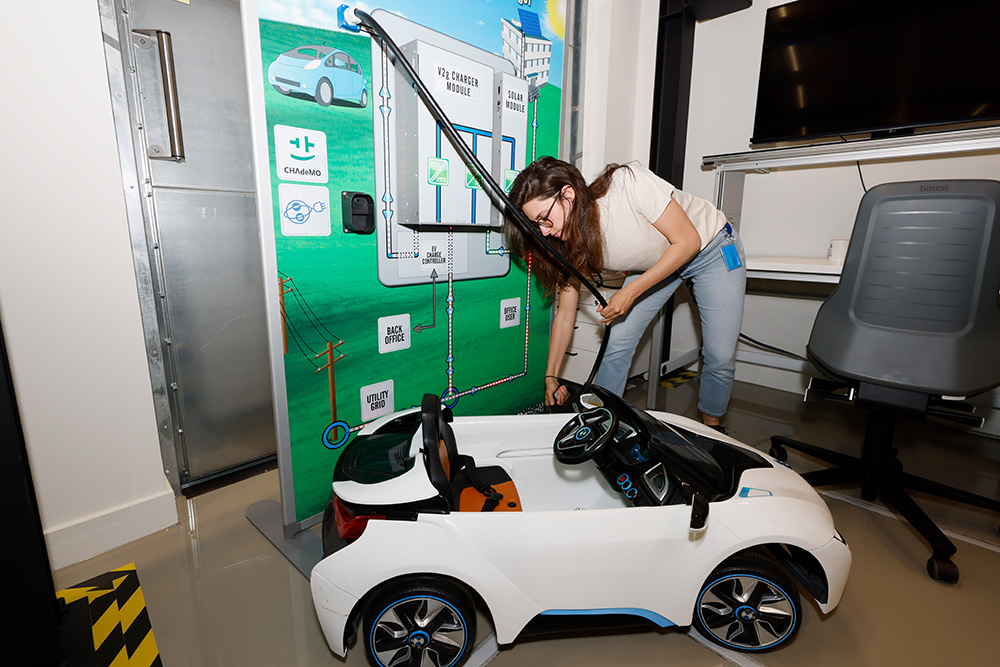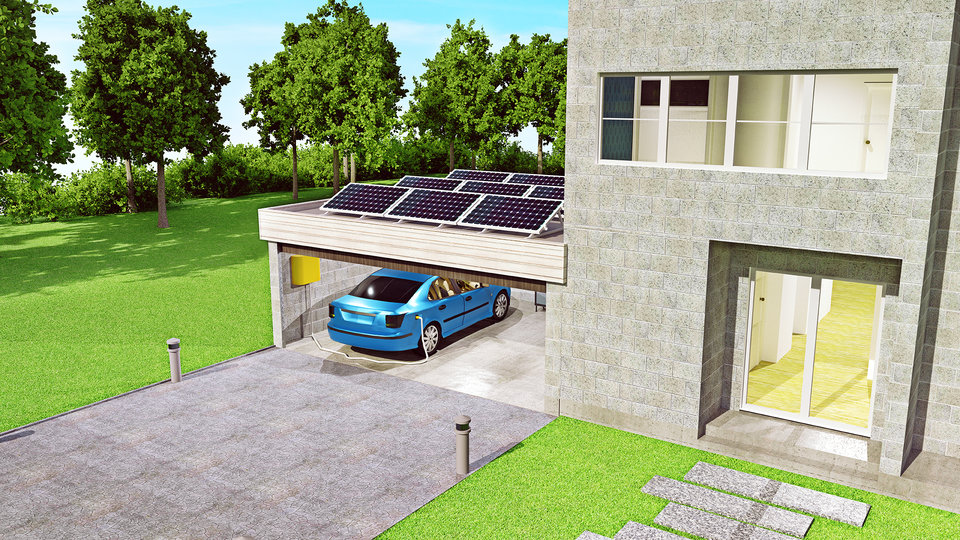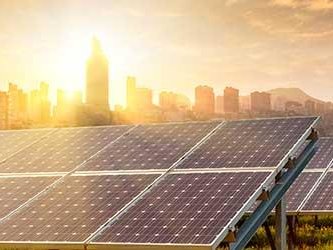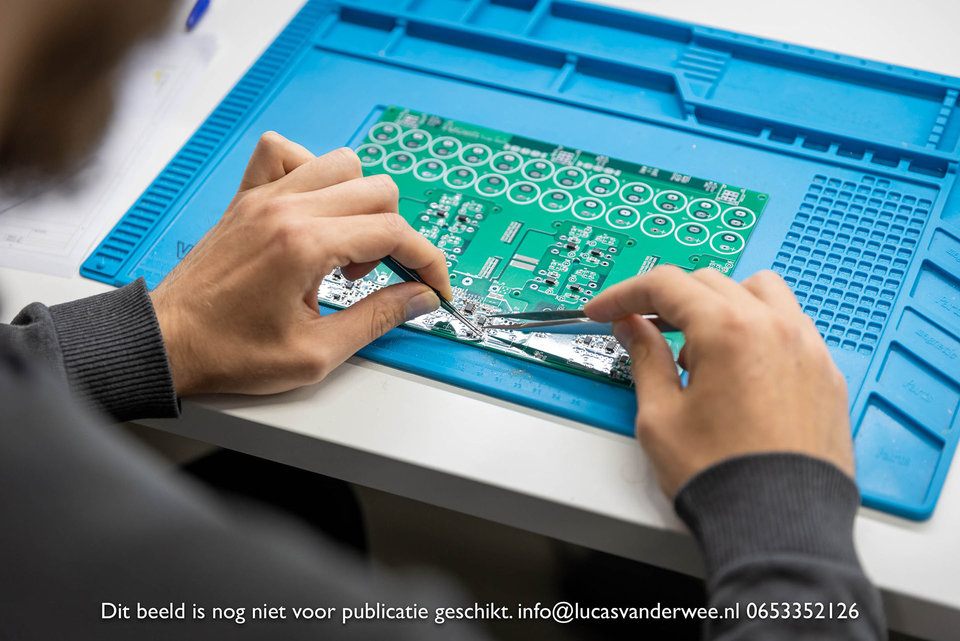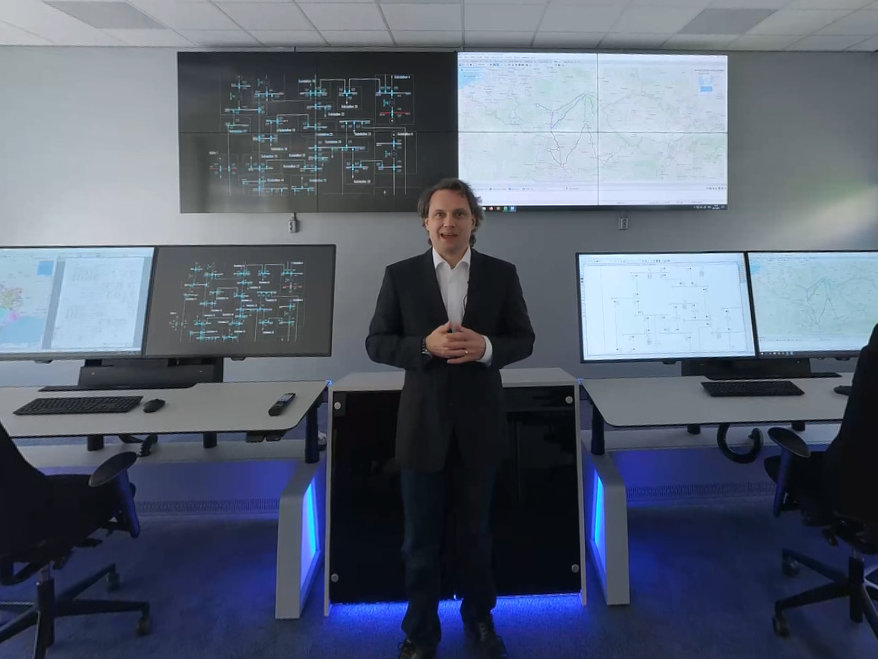E-Mobility
By creating smart combinations of techniques, we hope to provide an important contribution to the climate targets.
Professor Pavol Bauer, DC Systems, Energy Conversion & Storage
Our mobility is changing drastically. For example, in the coalition agreement of 2017 it was agreed that in 2030, only emission-free vehicles may be sold. Electrical boats and aircraft are also being developed at breakneck speed. Their increasing demand puts a strain on the electricity grid. But perhaps they actually offer a solution, as storage units for renewable energy. The ESP Lab is studying how electrification of transportation fits into the electricity grid of the future.
Smarter charging
The ESP Lab is studying how electrification of transportation fits into the electricity grid of the future. And that future lies in smart combinations of techniques. Consider, for example, a smart charging station just outside your home, allowing you to recharge your vehicle outside peak hours using renewable energy in the most economical way possible, while at the same time ensuring that the network doesn’t get overloaded. The charging station could even be used to return power.
The ESP Lab also studies and tests ways to charge vehicles directly using solar power, without using the power grid as an unnecessary transitional step, as well as ways to use induction charging systems for electric vehicles and future self-driving vehicles. For this, use is made of coils below the road surface which wirelessly radiate power with high efficiency to vehicles above them.
Are you curious how we can innovate together?

Pavol Bauer
Profdessor and section leader DC systems, energy conversion & storage


